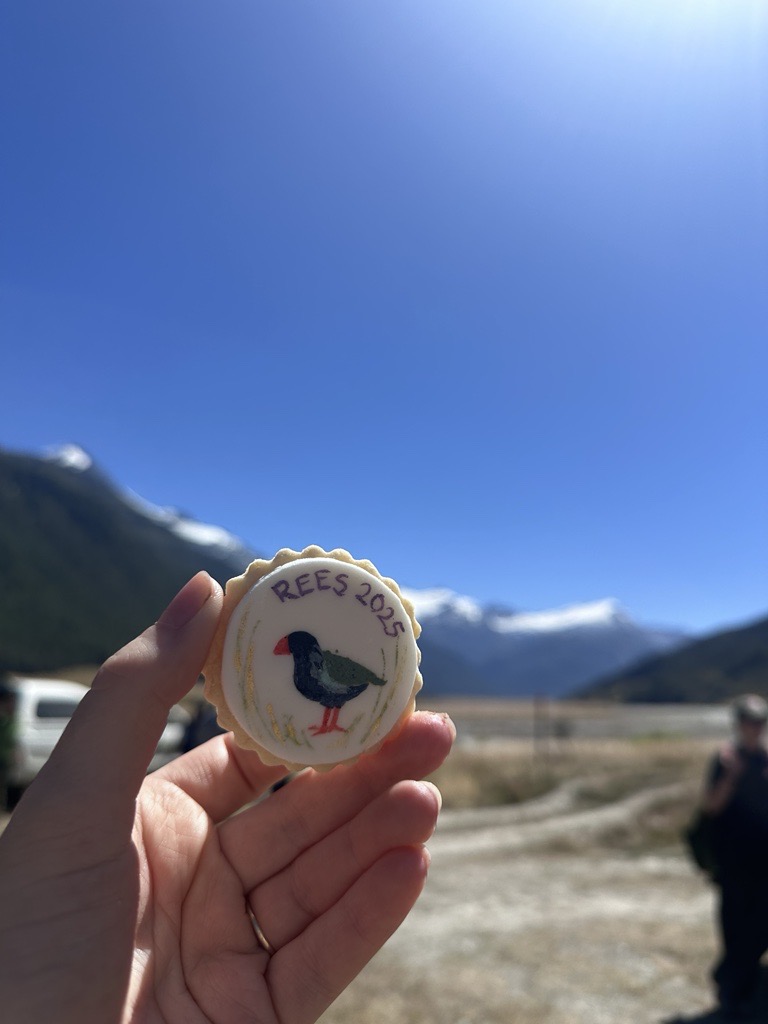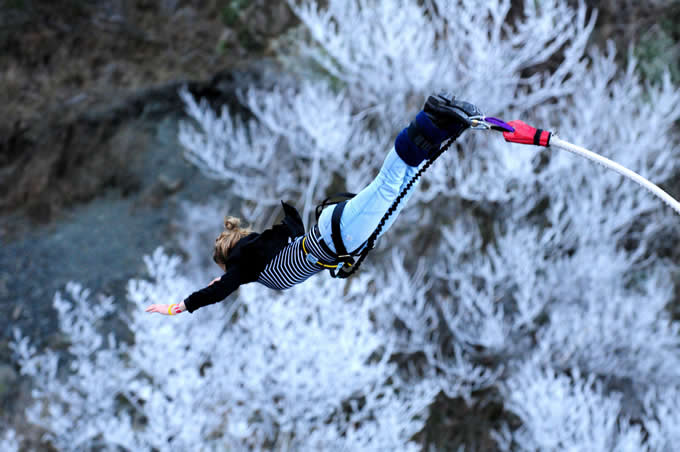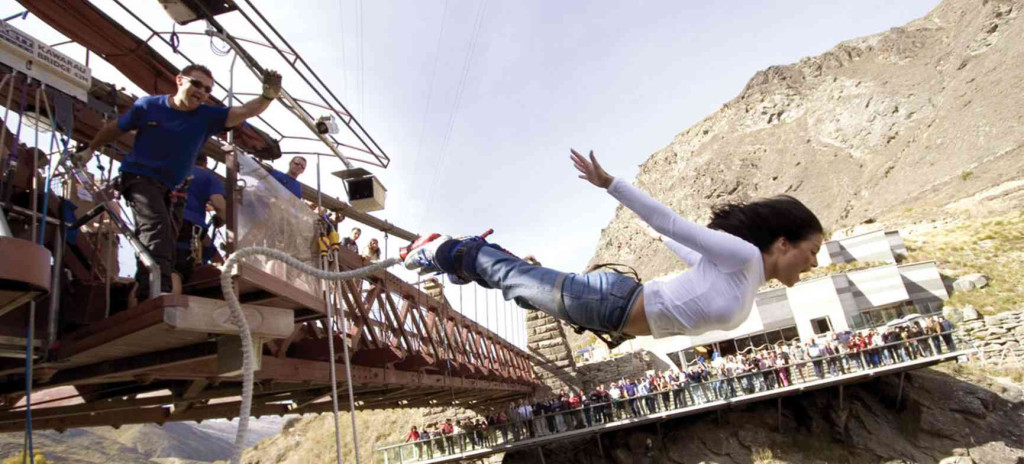A historic moment for New Zealand conservation unfolded on Tuesday, February 11th 2025, as David Mitchell, CEO of AJ Hackett Bungy NZ, became the first person to release Takahē back into the Rees Valley, after an absence of hundreds of years, a vital step in the restoration of this endangered species.
This momentous release marks a significant milestone for Southern Lakes Sanctuary (SLS), an initiative that has been supported by AJ Hackett Bungy NZ for almost four years. The company’s ongoing commitment to predator control and land restoration in the Rees Valley has made this release possible, and it represents just the beginning of an ambitious plan to repopulate the region with the iconic, flightless bird.
“It’s an incredible honor to be the first to release Takahē back into the Rees Valley after its absence from the area for centuries,” said David Mitchell, CEO of AJ Hackett Bungy NZ. “This moment is the culmination of years of hard work and collaboration with Southern Lakes Sanctuary. We’ve been proud to support this initiative for almost four years, and to see the Takahē return to their natural habitat is both inspiring and rewarding.”
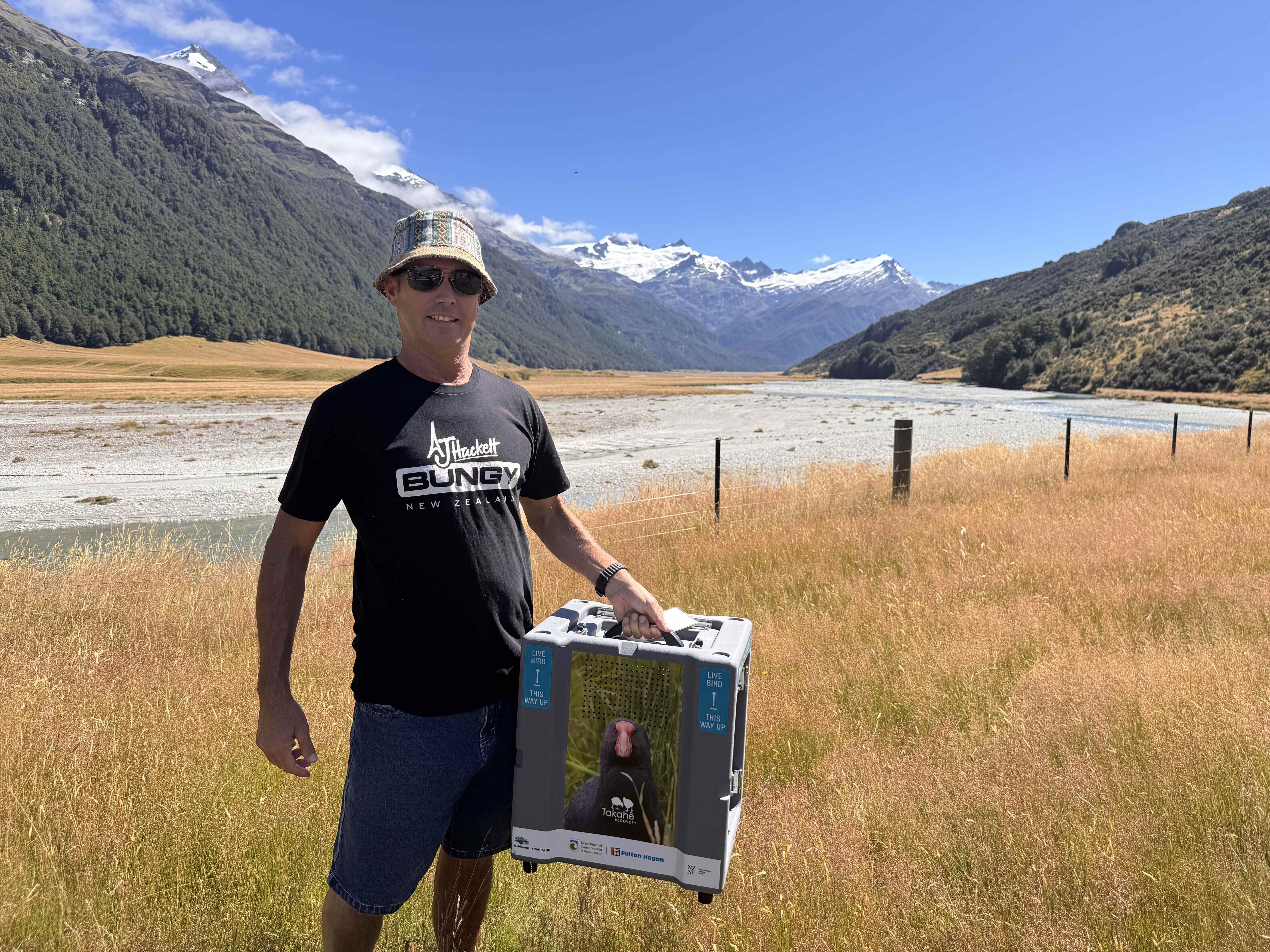
A Collaborative Conservation Effort
In partnership with the custodians of Rees Valley Station, Temple Peak Station, and Mt Earnslaw Station, as well as the Department of Conservation (DOC) and Ngāi Tahu, Southern Lakes Sanctuary has led a groundbreaking effort to restore the Rees Valley’s ecosystem. Over the past three years, more than 1,900 predators, including feral cats, stoats, and rats, have been removed from the valley, creating a safe haven for the Takahē and other threatened species.
“We are deeply grateful to AJ Hackett Bungy NZ for their continued support in funding predator control efforts. This wouldn’t have been achievable without them.” said Paul Kavanagh, project director of Southern Lakes Sanctuary.
“This release marks the start of a bright future for the Takahē in the Rees Valley, and with continued efforts, we hope to see the population grow in the upper Whakatipu area to as many as 500 birds in the next 10 years.”
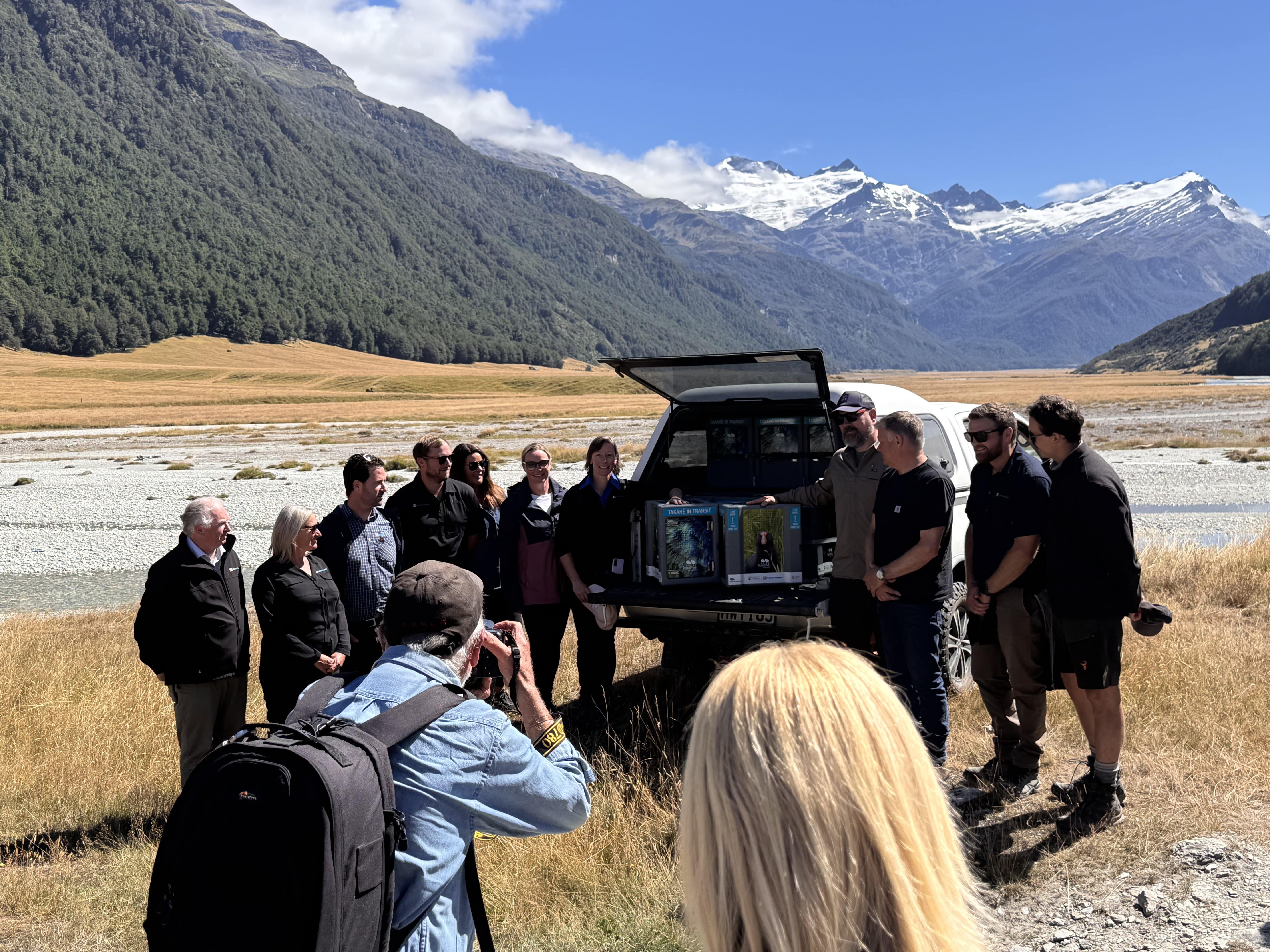
Reintroducing the Takahē to its Natural Habitat
The Rees Valley, located near Queenstown, offers the perfect environment for the Takahē. The alpine tussock grasslands and forests of the valley provide the excellent habitat for these flightless birds, whose diet consists primarily of starchy leaf bases of tussock grasses and underground rhizomes of ferns.
The release of the first 18 Takahē is part of a broader initiative to reintroduce up to 80 of the birds to the valley by the end of 2025. This project is set to transform the Rees Valley into one of the country’s most significant sanctuaries for the Takahē population.
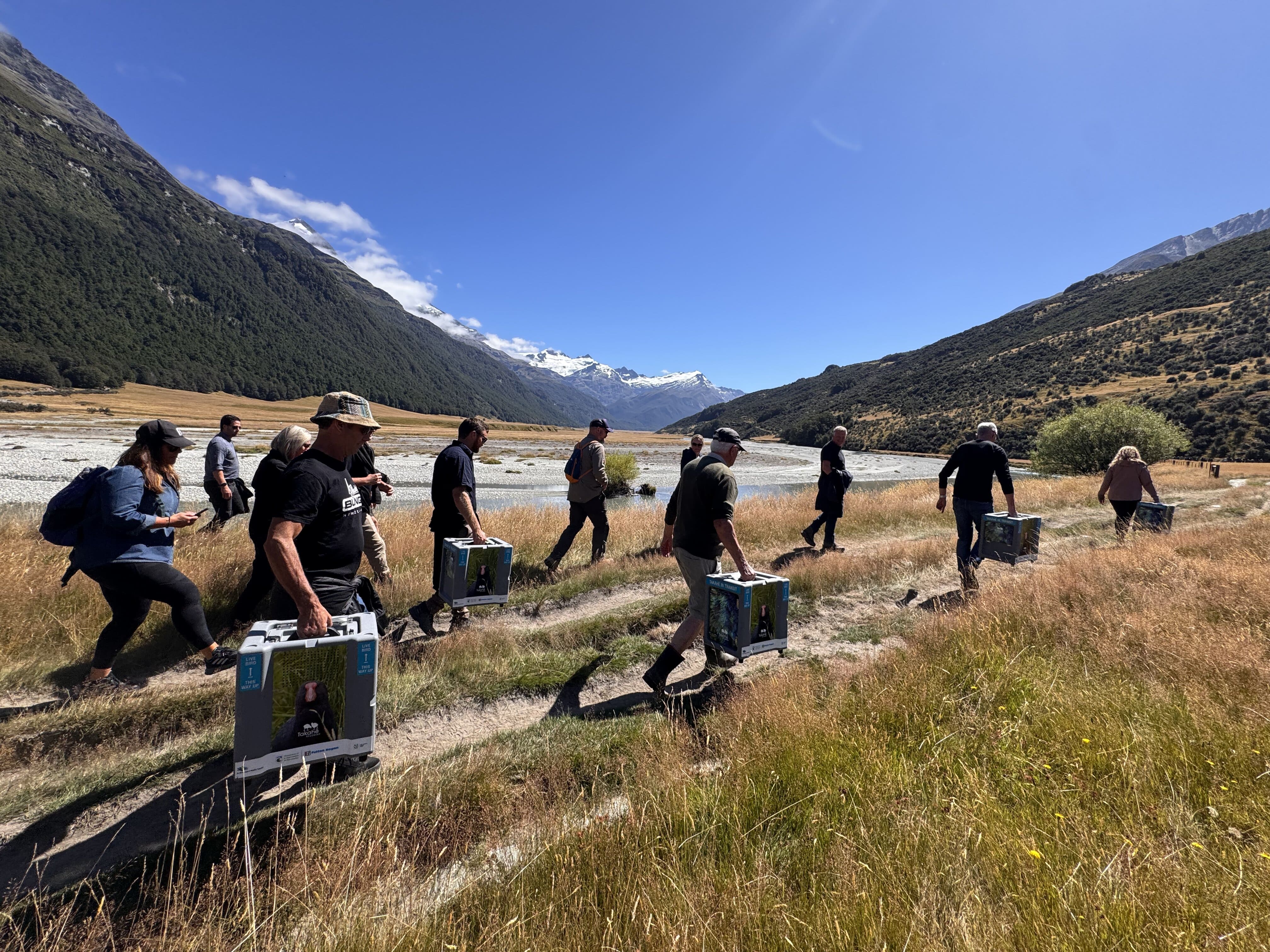
A Commitment to the Future of New Zealand’s Wildlife
This release is not just a victory for the Takahē, but for New Zealand’s broader wildlife conservation efforts. By reducing predators in the area, Southern Lakes Sanctuary is also protecting other threatened species, including Kea, Pīwauwau/rock wren and braided river birds. AJ Hackett Bungy NZ’s ongoing contribution in these efforts plays a vital role in ensuring the Rees Valley remains a safe and thriving habitat for New Zealand’s unique wildlife.
“We’re incredibly proud of our involvement in this project and excited to see the fruits of our support come to life,” Mitchell said. “This is a significant step forward in the collective goal to protect and restore New Zealand’s endangered species, and we look forward to the continued success of the Southern Lakes Sanctuary.”
